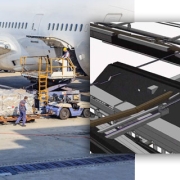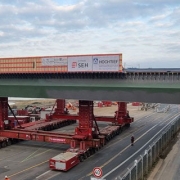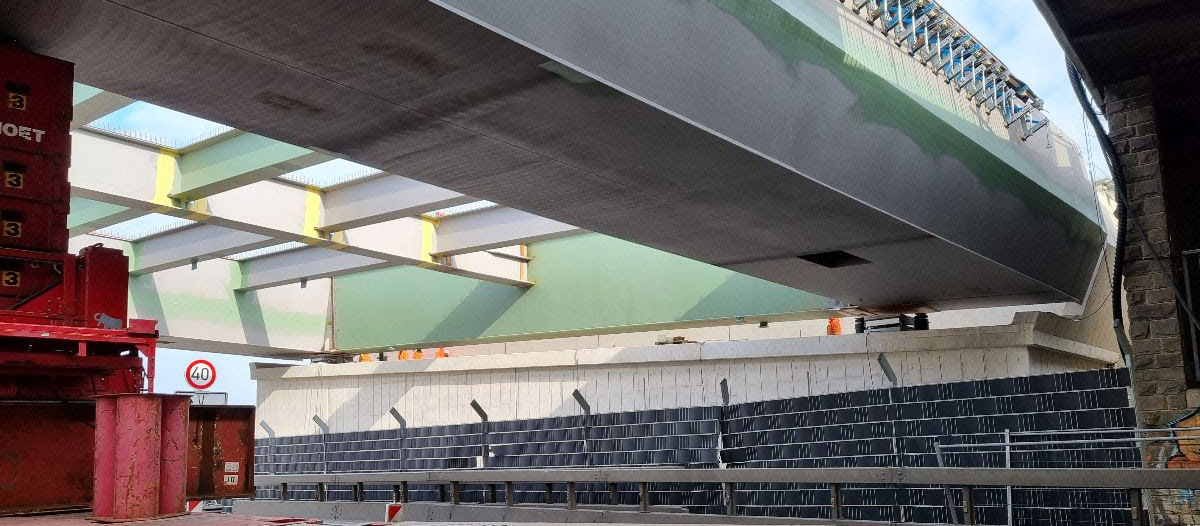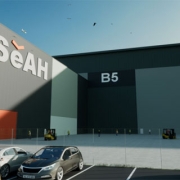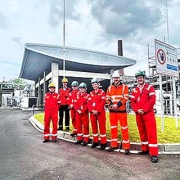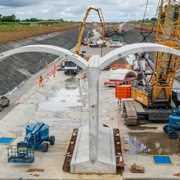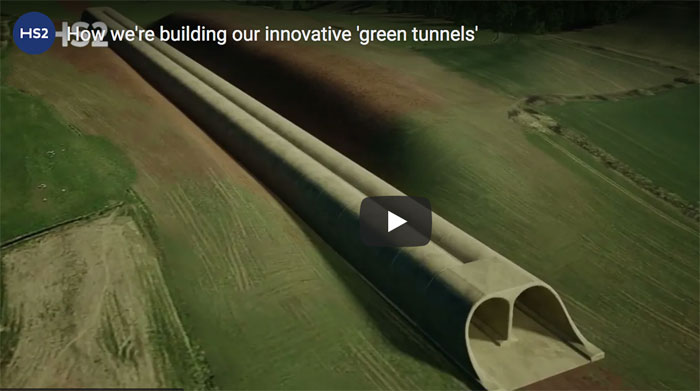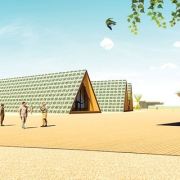Dr Liam Britnell left with Nathan Feddy
A start-up which is developing new techniques and materials for sustainable housing using ‘wonder material’ graphene has begun a major initiative after securing nearly £200,000 of government funding.
Manchester-based Vector Homes has been awarded a Smart Grant of £191,000 by Innovate UK, the UK’s innovation agency.
The money will help fund a £275,000 research programme to develop graphene-enhanced recycled plastic formulations for residential construction.
The project will enhance polymers with nano-materials to increase strength, durability, thermal and acoustic performance and further recyclability.
Vector Homes chief executive and co-founder Nathan Feddy said the formulations could also have applications in a variety of other sectors, such as aerospace, automotive and packaging.
He said: “Securing funding from Innovate UK is a true vote of confidence in Vector as we begin our journey. There is intense competition for its Smart Grants, so we are honoured and thrilled to be awarded this funding.
“It enables us to kick-start our research project which will see us work with a supply chain of partners across the UK and beyond, including several multi-billion dollar companies.
“Our aim is to develop nano-material formulations which will greatly improve the sustainability and durability of the homes of the future. The construction and operation of the built environment accounts for 40 per cent of global greenhouse gas emissions, and our mission is to help reduce its environmental impact as well as bringing down costs.”
Vector is ultimately looking to mass manufacture sustainable and affordable smart housing flat-packs from graphene-enhanced recycled materials.
The houses will feature hundreds of sensors which will help to provide smart environmental controls throughout.
The sensors will feed information to a ‘brain’ – the Vector Node – which will measure the temperature and humidity in each room.
The system will close roller blinds to keep rooms cool in the summer, or open bathroom vents in the winter to allow the humidity out. Each Vector home will also feature solar panels and the energy they generate will be stored in batteries which will be used to power the property.
Nathan said: “The materials used in our houses will be from recycled, energy efficient sources with a much lower carbon footprint than virgin materials. They can be recycled at end of life if they cannot be reused, contributing to the circular economy.
“Our homes have been designed to enable rapid production and assembly, and will have unique features that enable easy maintenance and modification throughout the life cycle, which also means they can quickly incorporate new technologies as they emerge.
“The design has already attracted interest from housing associations, which will be a key target market. They manage and maintain huge numbers of houses, which brings significant logistical challenges that Vector can address.”
Vector Homes is partnering with the Graphene Engineering Innovation Centre at the University of Manchester for the research project. Nathan and chief technical officer Dr Liam Britnell met while working there as colleagues before opting to focus full time on their venture earlier this year.
Nathan said: “We are delighted to be joining the GEIC at the centre of Manchester’s world-leading advanced materials ecosystem. This partnership is a fantastic opportunity to develop the materials and systems that will enable us to achieve our goal of cutting carbon emissions and the costs of construction.
James Baker, chief executive of Graphene@Manchester, of which the GEIC is part, said: “It’s great to see high-calibre start-ups such as Vector Homes utilising graphene’s multifaceted capabilities to make a positive sustainable impact on critical problems.
“We look forward to supporting Vector Homes’ development in the Graphene@Manchester ecosystem.”
Assessors on the Innovate UK panel which awarded Vector Homes the grant said the company had identified ‘a potentially significant commercial opportunity for new construction materials offering improved fire safety and reduced environmental impact’, adding that its vision addresses many of the key issues facing future housing developments.
They praised Vector’s ‘excellent technical understanding, solid knowledge of the market and clear, well-defined propositions’ which should ensure the project is a success.



